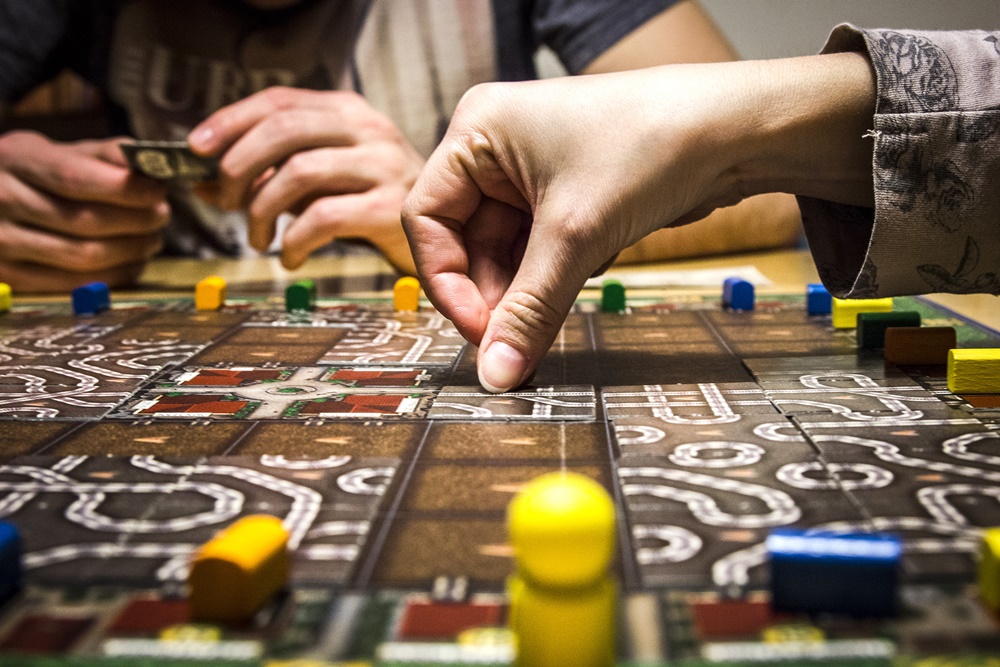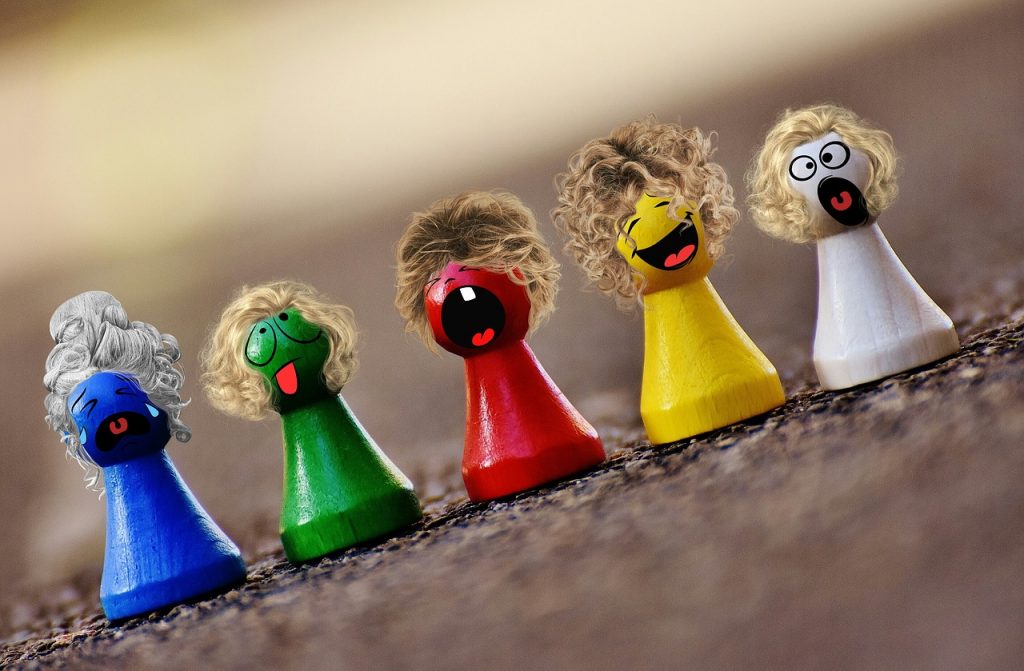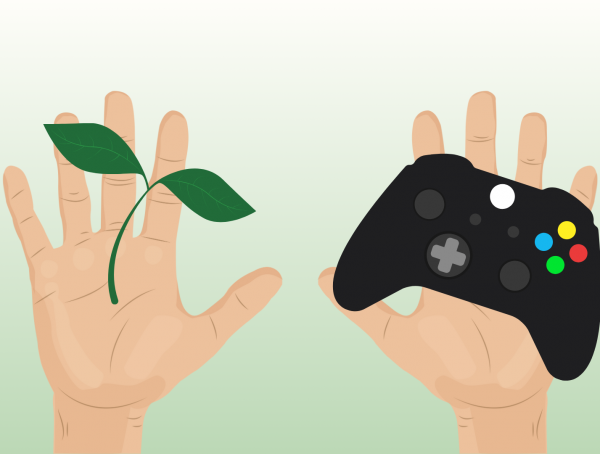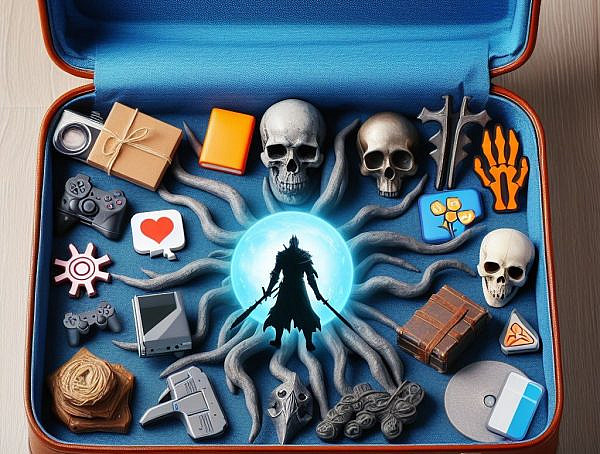A United State of Confused Gamification (Eh?)
Since it came to be, Gamification has been in a state of a hot pot of debate with numerous of different viewpoints amongst the promoters, scholars, and game designers. Numerous debates have been ongoing with using different terms describing a similar phenomenon (eg. gamification, ludification, gameful world), due to the different focus and perception each scholar pays onto the phenomenon itself. The origins of gamification is also a point of contention, like whether the rise of the digital age gave rise to the concept, or is it nothing more than a marketing scheme.
Cassone’s paper “Through the Ludic Glass. A Cultural Genealogy of Gamification”, looks at this popular phenomenon of gamification and attempts to shed light on it by looking at the relationship between games, society and cultural dynamics. He posits, that these debates are a result of gamification studies being pulled in various directions without a central focus.

How We Got Here
Going back to the core of the debates, Cassone proposes that these disagreements can be understood as a revisitation of an age-old debate game and playfulness scholars had for decades – the “what is a game” discussion, filled with writings from Caillois [1] to Huizinga [2]; which also leads to the discussion about if there is a line that we can draw between what we call games/play and non-games, or is it just an undistinguishable whishy washy pile of mish-mash. Since games and gamification are related, Cassone claims that in order for us to fully understand gamification, the cultural relationships between the spheres of play/games and non-games have to be investigated. From distinguishing how games are separated from our daily life, and if they are indeed are, map out the circumstances that allow for the various interactions between these spheres.
Cassone looks at the idea of imitation and assimilation of culture by quoting Deterding [3] and Caillois, who both have a consensus that games and society both imitate each other. Societies always had games that mimicked war, tasks and crafts and other serious activities, and the notion of “life is a game” is also well embedded in cultures. As such, these acts of imitation sets the scene to move from imitation to assimilation – a process where the borders between what we consider game and life to gradually become more and more indistinguishable. That said, in modern society, there also remains a public opinion that games and playfulness are seen as acts of escapism and perceived as disconnected from daily activities. With the rise of gamification, games, and playfulness seem to be reintegrated into modern society as it has been in the ancient days.
This reintegration derives from a loss of meaning beyond the notion of “having fun” that games seem to offer. However, as games(+ification) are gradually seen as being capable of facilitating education, drive political agenda, and play practical roles within real-life work, there is a shift in how society views games. With that, Cassone stresses, gamification should not be viewed as a new phenomenon, but an innovative outcome of both long-term and short-term cultural dynamics, and a value reconfiguration of society.

Why We Got Here
Going back at the “Life is a game” metaphorical reference.
Lotman and Uspenskij’s theory of culture is cited to give context as to why we as a society started to use games as a point of reference for non-games. According to this theory, each society provides itself with an idealized self-image of what it could and should be (a kinda-sorta brand identity, but for society). The idea of these identities is spread through various means (eg. texts, discourses, myths), which then act as both a mirror and lens for a culture. Putting this into a cultural context is how America is defined and associated with “The land of the free, and the home of the brave”.
With the idea of games/play=life metaphor, pop culture presented it through movies (eg. Tron (1982), Ender’s game (2013)) and mangas (eg. Gantz, .Hack//, The Gamer), and promoters of a playful society such as Jane McGonigal’s [4] proposal for games as the perfect tool to tackle humanity’s problems pushed our acceptance of the idea forwards. Not forgetting as well, the rise of digital games as a new form of entertainment offers a window for people to see our lives through the lenses of games as well. With all these elements in line, digital games as a newer form of culture that was introduced by an older format that dictated culture (cinema and books), subsequently overtook the helm of being how modern society interprets and portrays itself.
Cassone also takes notice about how design thinking is heavily embedded in modern society. With games gradually dominating popular culture, it is also possible that we are experiencing the rise of game design as a paradigmatic type of design for human activity, as a result of games becoming key self-models and moving beyond the idea that play is an ends to itself. Game design should thus be seen as the framework through which the understanding and application of games are culturally put into practice. Through putting the contemporary gamification debate in a cultural lens, Cassone mentions that there is still much more to look into – whether or not this phenomenon is a homogenous one, or how specific rules and game dynamics will be culturally interpreted and selected, in which context, for what aim they will be used.
–
[1] Roger Caillois defines play as activities with the characteristics of being “free”, “separate”, “uncertain”, “unproductive”, rule-bound, and/or “make-believe”. For a summarized version of Caillois’s opinion on games, check out this PDF by MIT OpenCourseWare.
[2] Johan Huizinga in his book Homo Ludens discusses the importance of the play element of culture and society. Yale University School of Art provides an open source copy of this book if you’re interested in looking into it.
[3] Sebastian Deterding is a widely cited (my words) designer and researcher working on playful, gameful, and motivational design (or gamification) for human flourishing (his words). More about his work here.
[4] Jane McGonigal is an advocate of games to better the human condition. Listen to one of her talks here.
You might also like
More from Game Research Highlights
How do you want to do this? – A look into the therapeutic uses of role-playing games
Can playing RPGs contribute positively to your wellbeing? A recent study aims to find out how RPGs are being used …
Eldritch horrors and tentacles – Defining what “Lovecraftian” is in games
H.P. Lovecrafts legacy lives today in the shared world of Cthulhu Mythos and its iconic monsters. Prema Arasu defines the …
Are Souls Games the Contemporary Myths?
Dom Ford’s Approaching FromSoftware’s Souls Games as Myth reveals the Souls series as a modern mythology where gods fall, desires …















